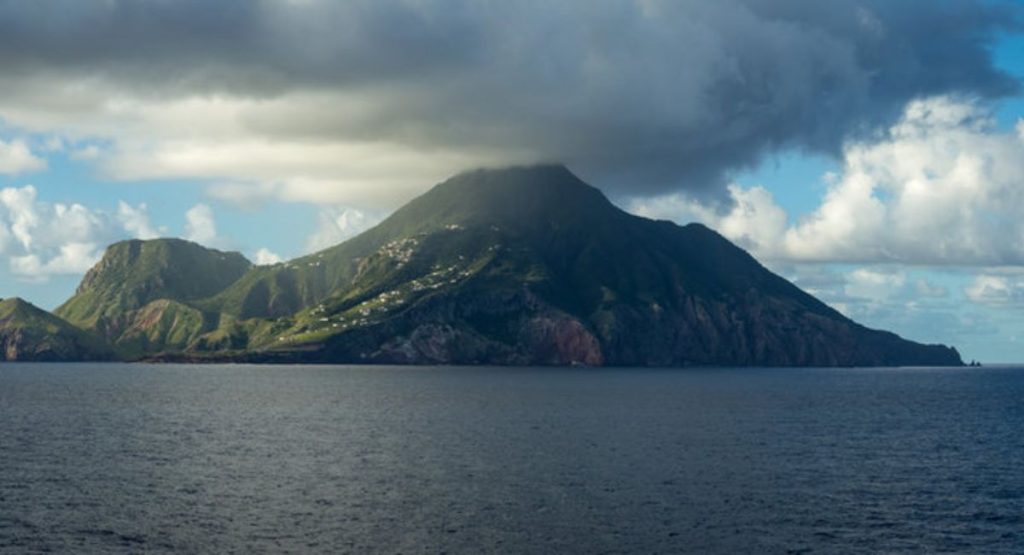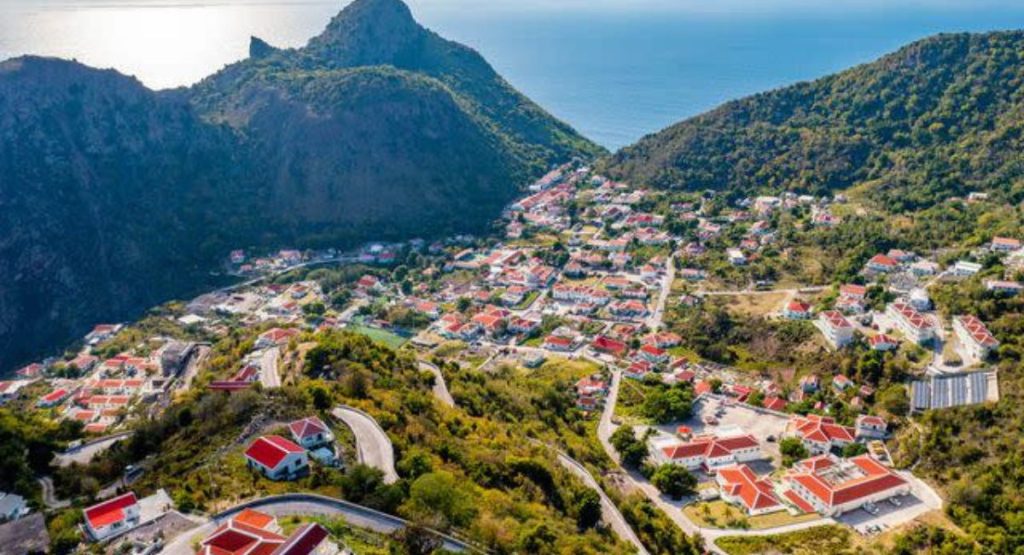Ever feel like every Caribbean island starts to feel the same—big resorts, crowded beaches, and souvenir shops that all blur together? If you’re craving something different, something quieter and more authentic, you’re probably wondering about the real hidden gems. That’s where the search for things to do in Saba in the Caribbean comes in—it’s the kind of place most people haven’t even heard of, yet it leaves travelers completely hooked.
In this guide, I’ll walk you through exactly what makes Saba so special and what you can actually do once you get there. From heart-pumping hikes and world-class diving to cozy villages and local traditions, you’ll discover experiences that feel worlds away from the usual Caribbean trip. By the time you finish reading, you’ll know how to make the most of your visit and why this little island deserves a spot on your travel list.
What Makes Saba Special?
A Quick Definition and Background
Saba is part of the Lesser Antilles and a special municipality of the Netherlands. It sits just 28 miles southwest of St. Maarten, making it an easy hop by ferry or plane. Its four charming villages—The Bottom, Windwardside, St. John’s, and Zion’s Hill—are dotted with red-roofed cottages, tiny churches, and friendly locals.
What sets Saba apart is its refusal to become overdeveloped. No cruise ship docks. No chain restaurants. No all-inclusive sprawl. Instead, you find lush rainforest trails, steep volcanic peaks, tide pools, coral reefs, and warm, down-to-earth hospitality.
Things to Do in Saba

1. Experience the Legendary Arrival
Most people first encounter Saba through its unforgettable landing at Juancho E. Yrausquin Airport. At just about 400 meters long, the runway is perched between cliffs and ocean, making it one of the most thrilling—and scenic—airports in the world. It’s almost a rite of passage for visitors.
If you’d prefer to skip the adrenaline, ferries from St. Maarten are also available. The ride can be choppy depending on weather, but it’s another adventurous way to begin your journey.
2. Go Diving in Saba National Marine Park
Saba is a bucket-list destination for divers, and for good reason. The island is surrounded by Saba National Marine Park, a protected area teeming with coral reefs, volcanic formations, and marine life.
Top diving highlights include:
- The Pinnacles: Towering underwater volcanic peaks covered in coral, rising dramatically from the deep.
- Ladder Bay: Famous for its coral gardens and vibrant fish life.
- Wrecks and Walls: From old anchors to sheer reef walls, there’s something for every diving level.
Marine life here is spectacular. Expect to see turtles, reef sharks, parrotfish, lobsters, eels, and schools of tropical fish. If you’re not a diver, snorkeling in sheltered spots like Wells Bay can still reveal a world of beauty.
3. Hike to the Summit of Mount Scenery
Saba is paradise for hikers. Its crown jewel is Mount Scenery, the highest point in the entire Kingdom of the Netherlands at 2,910 feet.
The climb involves about 1,064 stone steps leading through rainforest, past orchids and ferns, into a cloud forest at the top. On a clear day, the summit offers panoramic views stretching across neighboring islands like St. Barth’s and St. Kitts. On misty days, you’re surrounded by an enchanting cloud forest atmosphere—moss, mist, and silence.
Other trails worth exploring:
- Elfin Forest Trail: A magical walk through lush greenery.
- Flat Point Tide Pools: A shorter trek leading to natural tide pools filled with small marine creatures.
- Sandy Cruz Trail: A moderate hike offering sweeping views of the coastline.
4. Wander Through the Villages
Each of Saba’s four villages has its own charm:
- Windwardside: The most visitor-friendly village, filled with guesthouses, cafes, and shops. The Harry L. Johnson Museum is here, preserving Saba’s history with artifacts and photographs.
- The Bottom: Saba’s capital, home to government buildings and the island’s medical school.
- Zion’s Hill (Hell’s Gate): Known for its lace-making tradition and the beautiful Queen of the Holy Rosary Church.
- St. John’s: A quieter area with scenic views and the island’s schools.
Walking through these villages feels like stepping into another time—no traffic jams, no stress, just winding roads and friendly greetings.
5. Discover Local Culture
Despite its small size, Saba has a rich cultural heritage:
- Saba Lace: A tradition started in the 1800s, still made by hand and sold by local artisans.
- Saba Spice: A homemade rum infused with spices, herbs, and fruit—a must-try souvenir.
- Festivals: Carnival in July brings music, costumes, and community celebrations to the streets.
You’ll also notice how locals greet each other warmly and often offer rides to visitors. On Saba, hitchhiking is not only safe but part of the culture.
6. Relax, Unwind, and Eat Well
While Saba is best known for adventure, it also invites you to slow down. You can enjoy a massage at a small wellness studio, take a yoga class, or simply sip coffee on a cottage balcony while watching the clouds drift by.
Dining is intimate and flavorful, often featuring fresh seafood, Caribbean spices, and Dutch influences. Popular dishes include stewed goat, fresh fish, and locally grown vegetables. Don’t miss the chance to try a slice of Saba’s signature rum cake.
When to Visit Saba

- High Season (December to April): Clear skies, dry weather, and the best time for hiking and diving. Book accommodations early.
- Shoulder Season (May to June): Fewer crowds, pleasant weather, and good visibility for diving.
- Low Season (August to October): Rainier months with potential storms, but also the quietest and most budget-friendly time.
Common Mistakes to Avoid
- Assuming there are sandy beaches: Saba isn’t a beach island. Wells Bay occasionally reveals a small stretch of black sand, but it comes and goes. The island’s magic lies in its reefs and cliffs.
- Underestimating hikes: Trails can be steep and humid. Bring sturdy shoes, water, and take your time.
- Overpacking activities: It’s tempting to fit in multiple hikes and dives in one day. Pace yourself and enjoy the slow rhythm of the island.
- Booking last minute in peak season: With only about 120 rooms available, lodging fills up fast. Plan ahead.
FAQs About Saba
Is Saba good for families?
Yes, though activities skew more toward nature and adventure. Families with older kids will especially enjoy hiking and snorkeling.
Can beginners dive here?
Absolutely. Dive shops cater to all levels, from introductory dives to advanced explorations.
What should I pack?
Sturdy hiking shoes, lightweight clothing, a rain jacket, reef-safe sunscreen, insect repellent, and a swimsuit. A light sweater helps in the evenings at higher elevations.
Is Saba safe?
Yes. Crime rates are very low, and the island has a strong sense of community.
How long should I stay?
Three to five days is ideal to hike, dive, relax, and explore the villages without feeling rushed.
Final Thoughts: Why Saba Deserves Your Attention
Saba isn’t for travelers chasing big resorts or endless sandy beaches. It’s for those who crave authenticity, adventure, and connection with nature. Whether you’re climbing Mount Scenery, exploring coral-covered volcanic pinnacles, tasting homemade rum, or chatting with a local artisan, Saba gives you experiences that feel rare in today’s world of mass tourism.
If you’re ready for a Caribbean trip that leaves you with stories you can’t stop telling, Saba is waiting. All you need to do is choose your dates, book your stay early, and embrace the rhythm of the Unspoiled Queen.
